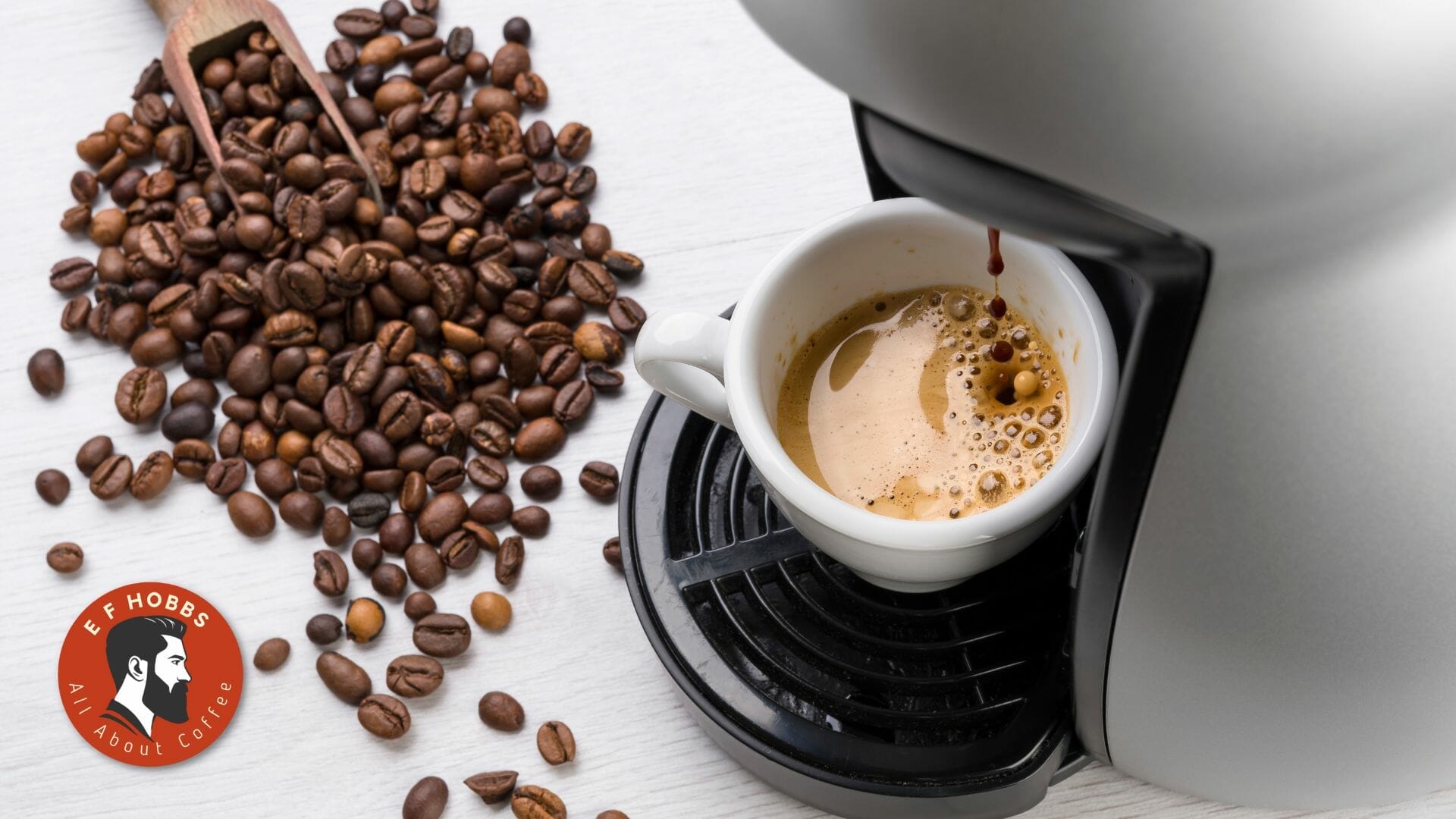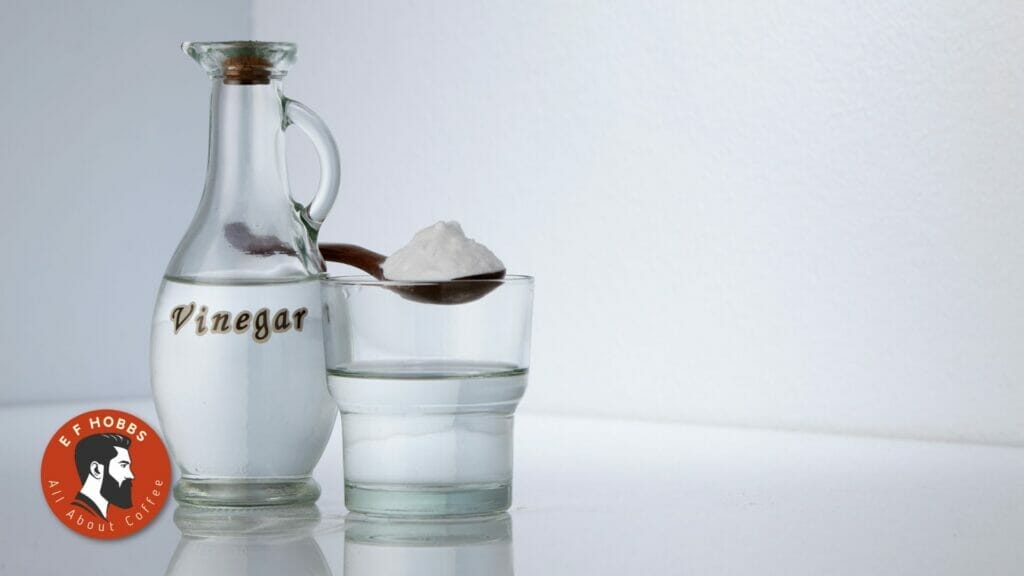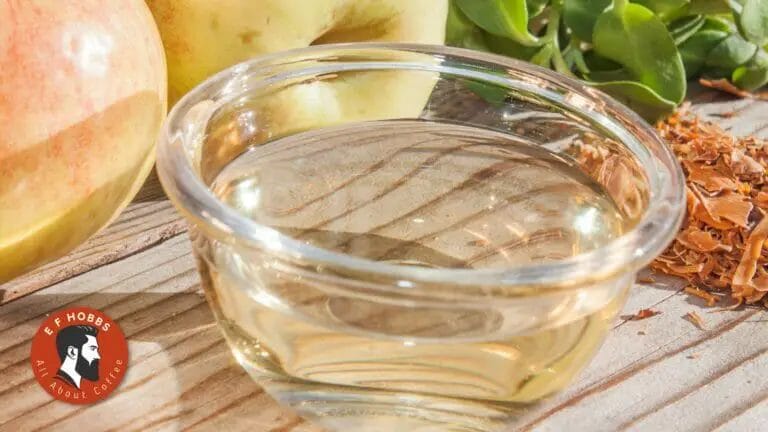How To Clean A Single Serve Coffee Maker

As a coffee enthusiast, you know the importance of a good cup of coffee – and this starts with a clean coffee maker.
If you own a single serve coffee maker, you’ll want to make sure it’s clean and well maintained to ensure you get the best out of your coffee.
In this article, I’ll explain how to properly clean a single serve coffee maker so you can enjoy a great cup of coffee every time.
How To Clean Your Single-Serve Coffee Machine – Introduction
As a world barista champion, I know that one of the keys to making great coffee is keeping your coffee equipment clean.
Single-serve coffee machines are becoming increasingly popular, and they are a great way to make coffee quickly and easily.
However, if your coffee maker isn’t properly cleaned and maintained, you could be sacrificing the flavor of your coffee.
To ensure that you get the best coffee out of your single-serve coffee machine, you need to keep it clean.
In this article, I’ll explain how to clean your single-serve coffee machine. I’ll cover everything from descaling your machine to cleaning the removable parts.
I’ll also talk about how to get the most out of your machine and how often you should clean it.
So, if you’re looking for a comprehensive guide on how to clean your single-serve coffee machine, you’ve come to the right place.
Signs You May Need To Clean Your Single-Serve Coffee Machine
If you’re a regular user of a single-serve coffee machine, you should be aware of the signs that it may need a good clean.
Over time, coffee oils, residue from hard water, and other build-up can start to accumulate inside the machine.
If these aren’t removed, they can start to affect the taste of your coffee and can even damage the machine.
Here are some warning signs that your single-serve coffee machine needs a good clean:
1. Poor coffee quality – If you’re noticing a bitter or off-tasting coffee, this could be a sign your machine needs a clean.
2. Clogged filter – If your filter is clogged with coffee oils, this can affect the taste and quality of your coffee.
3. Brewing time – If your machine is taking longer to brew your coffee than usual, this could be a sign of a build-up of coffee residues inside the machine.
4. Leaks – If your machine is leaking, this could be a sign of a blockage in the pipes or a build-up of limescale.
If you notice any of these signs, it’s time to give your single-serve coffee machine a good clean.
Follow the cleaning instructions detailed in our ‘How To Clean A Single-Serve Coffee Machine’ article to get the best results.
Steps To Cleaning Your Keurig Or Other Single-Serve Coffee Maker
If you own a single-serve coffee maker, such as a Keurig, it is important to practice regular maintenance and cleaning to keep it running smoothly and at its best.
Here are some simple steps to follow when cleaning your single-serve coffee maker:
1. Empty and Rinse the Reservoir – Empty the reservoir of any remaining water and rinse it out with warm water.
2. Descale the Reservoir – Descale the reservoir with a solution of diluted vinegar and water. Follow the manufacturer’s instructions for the correct ratio of vinegar to water.
3. Clean the K Cup Holder – Depending on the type of machine you have, you may need to clean the K Cup holder with a soft cloth, toothbrush, or pipe cleaner.
4. Clean the Needle – Clean the needle of your coffee maker with a pipe cleaner or cotton swab soaked in white vinegar.
5. Run a Cleaning Cycle – Follow the manufacturer’s instructions for running a cleaning cycle. This will flush out any debris that may have accumulated in the machine.
By following these simple steps, you will help to keep your single-serve coffee maker running in top condition and you can enjoy delicious coffee every time!
Tips For Regular Coffee Maker Maintenance
Regular maintenance is the key to a long-lasting and reliable single serve coffee maker.
Here are my top tips for keeping your machine in top shape:
1. Change the water filter regularly: Make sure to change your water filter at least every two months to keep your machine working efficiently.
2. Clean the carafe and filter basket: Cleaning the carafe and filter basket regularly will help to get rid of any residue that may have accumulated.
3. Clean the exterior: Wipe down the exterior of the machine with a damp cloth to get rid of any dust or dirt that may have collected.
4. Run a vinegar cycle: Running a vinegar cycle once a month will help to keep your machine in good working order and remove any calcium deposits.
5. Descale regularly: Descaling your machine with a descaling solution at least every three months will help to keep it in top condition and ensure it continues to make delicious, quality coffee.
Following these simple maintenance tips regularly will help to ensure your single serve coffee maker continues to work like new for many years to come.
More On How To Clean With Vinegar
As someone who drinks a lot of coffee, I know firsthand how important it is to keep your single serve coffee maker clean. Vinegar is a great natural cleaner and is ideal for cleaning your coffee maker.
To use vinegar to clean your single serve coffee maker, first fill the water reservoir with a mixture of equal parts water and white vinegar.

Place a paper filter in the machine, and then run the brew cycle. This will help to flush out any lingering oils from the coffee grounds.
Once the cycle is complete, fill the water reservoir with plain water and run the brew cycle again. This will help to flush out any remaining vinegar.
Finally, use a soft sponge or cloth to wipe down the exterior of the machine and remove any residue. Be sure to dry the appliance completely before using it.
By using vinegar to clean your single serve coffee maker regularly, you will ensure that your coffee tastes great and that your machine is kept in good working order.
How Much Vinegar Do I Use To Clean My Single Cup Coffee Maker?
When cleaning a single cup coffee maker, one of the most important considerations is how much vinegar to use.
As a World Barista Champion, I recommend using a ratio of 1 part vinegar to 4 parts water.
This ratio will ensure that the vinegar is strong enough to effectively clean the coffee maker, while also being gentle enough to not damage any of the components.
Additionally, make sure to use only white vinegar, as other types of vinegar may damage the coffee maker.
How Do You Deep Clean Keurig Single Serve?
If your Keurig single serve coffee maker is in need of a deep clean, there are a few steps you can take to ensure that your machine is running in top condition.
First, fill the water reservoir of your Keurig with a mixture of white vinegar and water. The ratio should be one part vinegar to two parts water.
Place a mug on the drip tray, then press the brew button. Allow the machine to run until half of the reservoir is empty. Turn the machine off and unplug it from the wall.
Allow the Keurig to sit for about 30 minutes, giving the vinegar solution time to break down any lingering built-up residue.
Once the time has passed, press the brew button again and allow the machine to run until the vinegar water has all been used up. Discard the vinegar solution and rinse the reservoir with fresh water.
Finally, use a damp cloth to wipe down the outer surfaces of your Keurig and the drip tray. After drying the surfaces, your Keurig single serve coffee maker will be ready for the next cup of joe.
Can Vinegar Damage Your Coffee Machine?
While vinegar can be an effective cleaning agent for single serve coffee makers, it’s important to be aware of the potential risks.
Vinegar is highly acidic, and if used too frequently or in too high of a concentration, it can corrode and damage the interior components of your machine.
For this reason, it’s important to always use a diluted solution of vinegar and water and to avoid using it more than once a month.
If you do use vinegar, make sure to thoroughly rinse the machine afterwards with fresh, clean water to remove any residue.
If you’re still unsure, consult the instructions in your machine’s user manual for more specific details on how to clean your particular model.
Should I Let Vinegar Sit In My Keurig
When it comes to cleaning your single serve coffee maker, it can be tempting to use vinegar as a cleaning agent.
While vinegar can be effective at removing some residue and grime, it may not be the best solution for all machines.
For example, if you are using a Keurig machine, allowing vinegar to sit in the machine for an extended period of time could damage the inner workings of the machine.
To be safe, it is best to avoid using vinegar in your Keurig machine and instead opt for a more gentle cleaning solution such as a descaler or a specialty cleaner made specifically for single serve coffee makers.
If you do decide to use vinegar in your machine, ensure that you do not allow it to sit for too long and that you rinse the machine several times afterwards to remove any excess residue. Taking these extra steps will help you to keep your Keurig machine in good condition for longer.
As a World Barista Champion, I always recommend that people take extra care when cleaning their coffee makers.
With the correct cleaning methods and products, you can keep your coffee makers working like new for many years to come.
Which Is Better Vinegar Or Descaling Solution?
When it comes to cleaning a single serve coffee maker, there is a debate between whether to use vinegar or a descaling solution. As a World Barista Champion, I am often asked which is the better option.
When it comes to cleaning a single serve coffee maker, I recommend using a descaling solution over vinegar.
Descaling solutions are specifically designed to break down mineral deposits and calcium build-up in coffee makers, while vinegar can be too harsh and can cause corrosion and damage to the machine.
Descaling solutions are also more effective at removing bacteria and other contaminants that can affect the taste of your coffee.
Another advantage of using a descaling solution is that it is much easier to use than vinegar. Descaling solutions can be added to the water tank, and the machine will do the work for you.
With vinegar, you must manually rinse the machine and clean each component individually.
Overall, a descaling solution is the better option when it comes to cleaning a single serve coffee maker. Not only is it more effective and easier to use, but it is also safer for the machine.
Can I Use Distilled Water In My Keurig Coffee Maker?
When cleaning your single serve coffee maker, many people wonder if they can use distilled water instead of regular tap water. The answer is yes, you can use distilled water in your Keurig coffee maker.
In fact, it is recommended that you do so if you live in an area with hard water. Hard water contains minerals that can build up inside of your coffee maker, which can cause it to malfunction.
Distilled water is free from these minerals and will help to keep your machine in good working order.
If you choose to use distilled water in your Keurig coffee maker, keep in mind that it will not produce the same quality of coffee as tap water.
Distilled water has no minerals to help bring out the flavors of the coffee, so you may find that your coffee tastes a bit flat or off.
However, it will still make an acceptable cup of coffee and it will help you to keep your machine clean and functioning properly.
As a World Barista Champion, I highly recommend using distilled water when cleaning and maintaining your single serve coffee maker.
It is an easy and cost-effective way to ensure your machine is in top condition and producing the best tasting coffee possible.
Concusion On How To Clean A Single Serve Coffee Maker
The process of cleaning your single serve coffee maker is a simple but important step in ensuring that you get the best-tasting coffee every time.
Through regular cleaning and maintenance, you can extend the life of your machine and ensure that it continues to produce quality coffee.
By following the steps outlined in this article, you can make sure your single serve coffee maker is always in peak condition.
As a World Barista Champion, I highly recommend taking the time to clean your single serve coffee maker on a regular basis to ensure that your coffee tastes its best.






